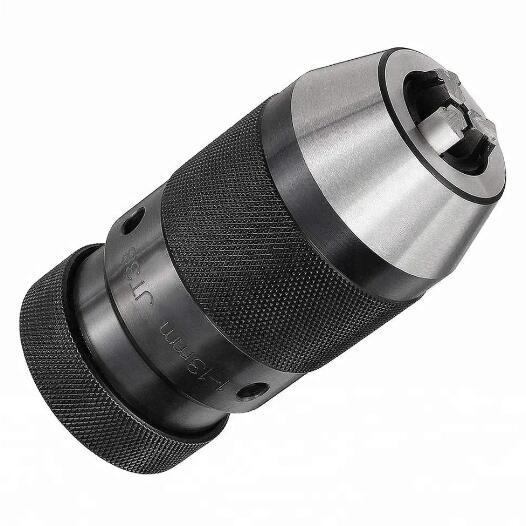Recommended Products
A step drill is a versatile tool designed with a conical or stepped drill bit structure, facilitating the drilling of multiple hole sizes across various materials. Its distinct stepped design allows a single drill bit to replace several conventional ones, making it highly sought after in metalworking, plastic fabrication, woodworking, and other industries.
The functions of a step drill are manifold:
1. Multi-size Drilling: With the ability to create holes of different diameters, a step drill reduces the necessity for frequent bit changes, thus streamlining the drilling process.
2. Efficient Processing: Thanks to its unique stepped design, a step drill enables swift and burr-free drilling, enhancing overall work efficiency.
3. Precision Positioning: The stepped structure aids in precise hole positioning and stable drilling, mitigating the occurrence of hole diameter errors.
4. Versatility: Step drills find utility in various applications including electrical installations, metal fabrication, DIY projects, and more. They are particularly effective in drilling thin sheet materials due to their specialized design.
To utilize a step drill effectively, follow these steps:
1. Installation: Securely mount the step drill onto a power drill or drill press to ensure stability during operation.
2. Positioning: Align the drill bit with the desired drilling spot and apply light pressure to begin.
3. Drilling: Gradually increase the pressure as you drill. As the bit penetrates deeper, the hole diameter increases step by step until reaching the desired size. Each step of the drill represents a different hole diameter.
4. Deburring: After drilling, lightly drill again to ensure the hole edges are smooth and free from burrs.
When using a step drill, certain precautions must be observed:
1. Material Selection: Ensure that the material being drilled is suitable for a step drill. Extra thick or hard materials may necessitate special handling or the use of a different drill bit.
2. Speed Control: Adjust the drill speed according to the material being drilled. Metals typically require lower speeds, whereas wood and plastic can be drilled at higher speeds.
3. Cooling: When drilling metals, it is advisable to use cooling fluid or lubricant to prevent overheating and potential damage to the drill bit.
4. Safety Gear: Wear appropriate protective eyewear and gloves to prevent injury from flying debris and hot metal.
5. Stability: Ensure the workpiece is securely fixed to prevent slippage or movement during drilling, which could lead to bit breakage or inaccurate hole sizing.
With proper usage and maintenance, a step drill can significantly enhance drilling efficiency and quality, making it an indispensable tool for a wide range of processing and installation tasks.
jason@wayleading.com
+8613666269798
Recommended Products
Post time: May-28-2024







